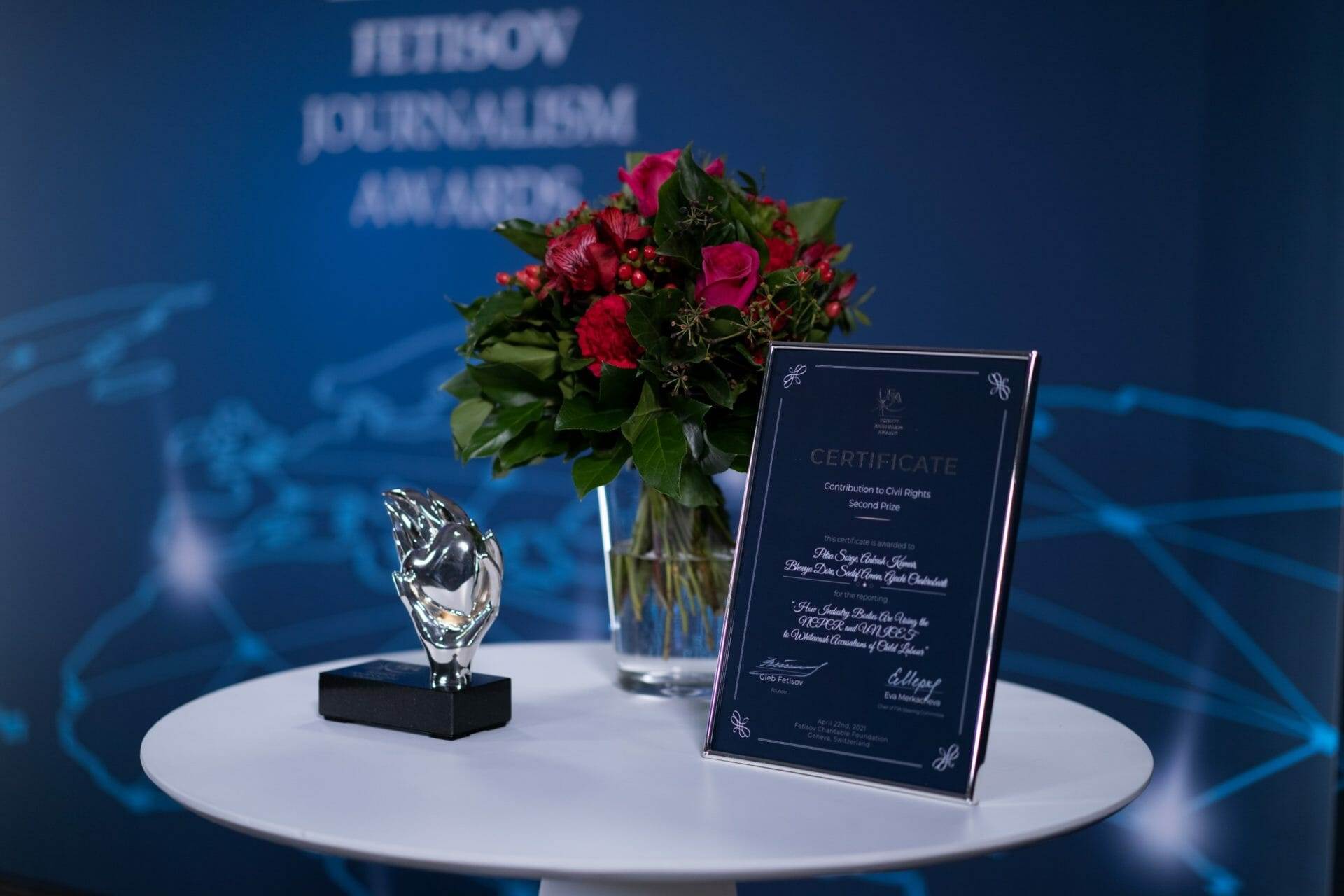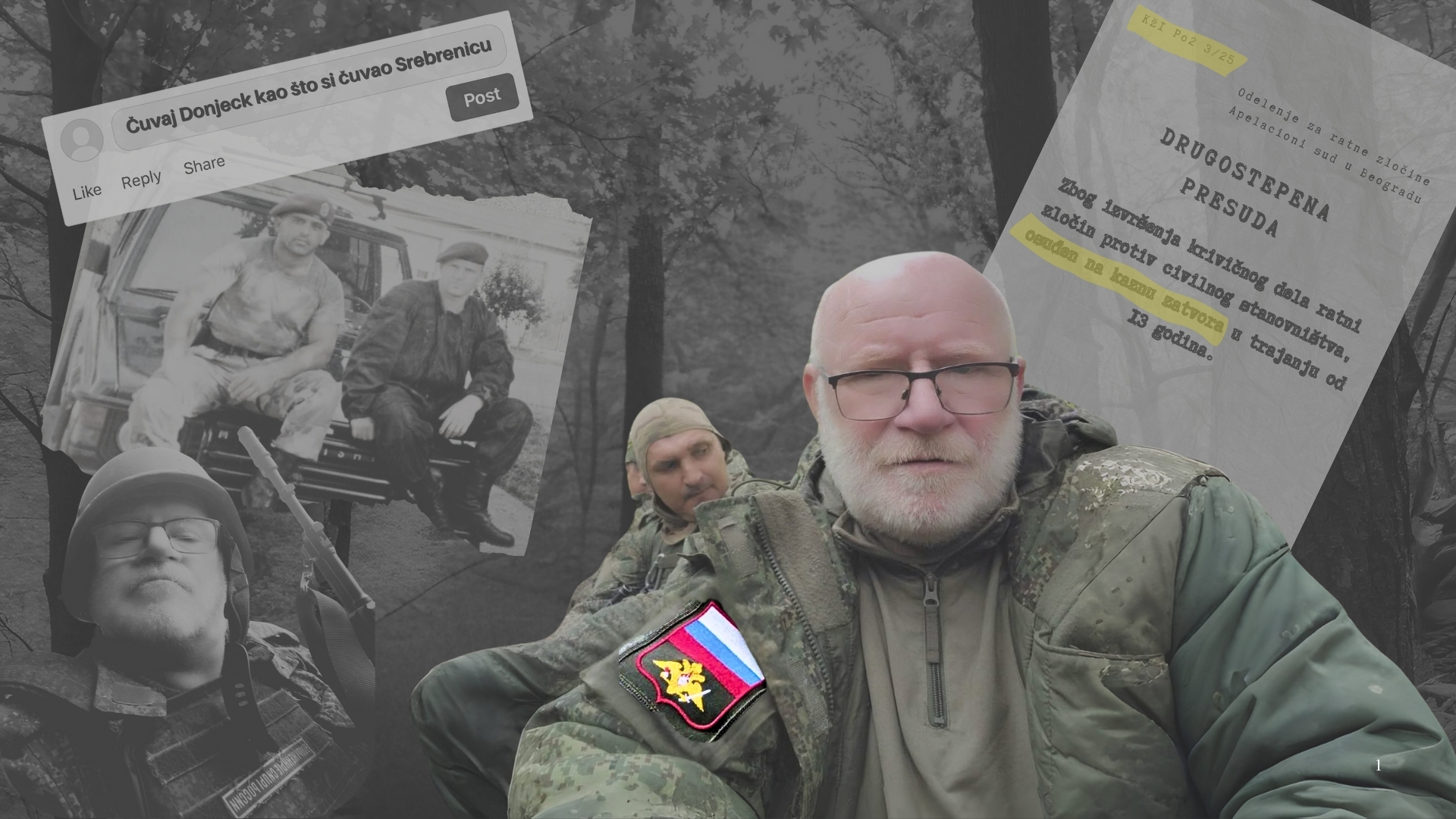This post is also available in: Bosnian
Boro Tadic, a former local official from the north-western Sanski Most municipality, told Mladics trial at the Hague Tribunal on Wednesday that the persecution of non-Serbs was not Bosnian Serb policy.
The Serb Democratic Party and the Serb-led entity Republika Srpska didnt have a policy of removing Muslims and Croats, said Tadic in a written statement to the UN-backed court.
According to the indictment against former Bosnian Serb military chief Mladic, Sanski Most is one of seven municipalities in Bosnia and Herzegovina in which the persecution of the Bosniak and Croat population reached genocidal proportions in 1992.
Tadic argued that the armed conflict in Sanski Most was caused by Bosniaks refusing to disarm and attacking the Yugoslav Peoples Army and the police. He said this was part of a plan by the West to dismantle Yugoslavia.
Although he denied that he was a member of the Serb Democratic Party, Tadic confirmed under cross-examination that he contributed to the partys bulletin. The prosecutor then quoted a series of derogatory descriptions of Muslims and Croats from the bulletin which said that they wanted to kill and rape Serbs and take their eyes out.
When you tell the truth, that is not propaganda, that is so people become aware, the witness responded.
Asked whether he thought that Muslims are not people and that Croats have a gene to kill those better and stronger then themselves, as the party bulletin said, Tadic responded that he did not agree and thought the words were harsh, although he insisted that the bulletin articulated a genuine danger.
Tadic confirmed that in 1992 he told locals in Bosniak villages around Sanski Most that Bosniaks were Islamised Serbs who had genuine hatred of other Serbs.
The witness accepted that 18 mosques were destroyed in Sanski Most and said that he saw the ruins, but denied knowing who was responsible. He added that it is possible that local authorities made a decision to relocate the mosque cemeteries in February 1993.
Mladic is also on trial for genocide in Srebrenica, terrorising the population of Sarajevo and taking UN peacekeepers hostage.
The trial continues.


